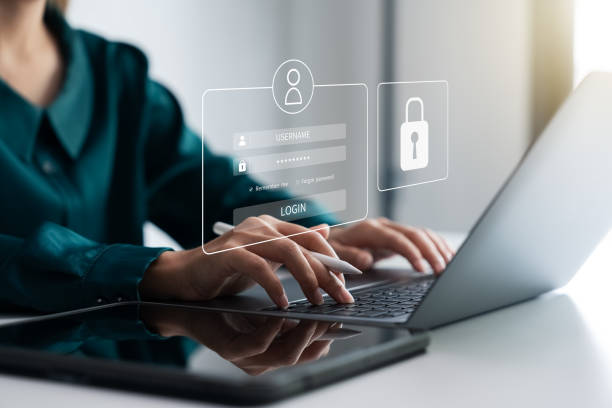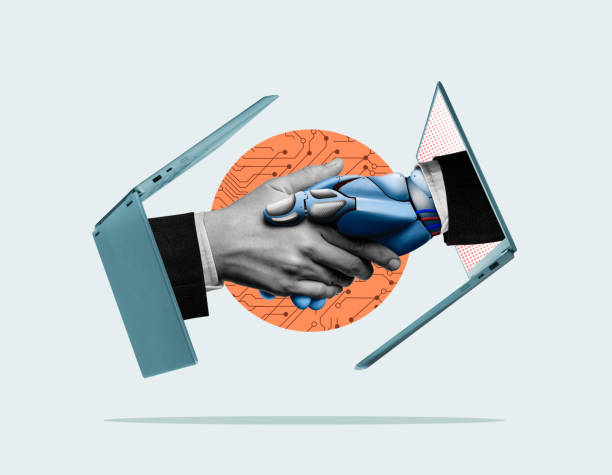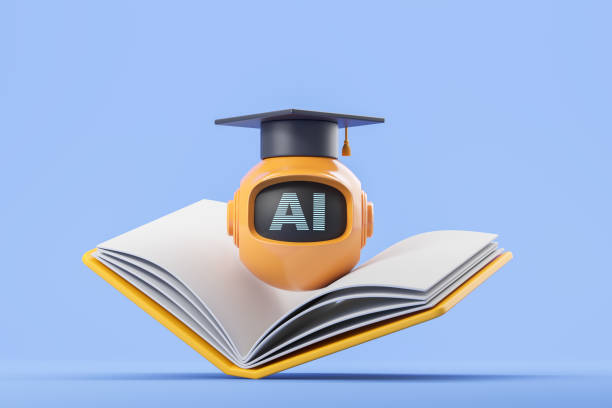Artificial intelligence is no longer just a defensive tool. In 2025, cybercriminals increasingly use AI to automate attacks. These AI-powered threats are faster and harder to detect than ever before. AI enables attackers to create sophisticated phishing scams and malware that adapt in real-time.
Organizations must invest in AI-driven cybersecurity defenses to stay ahead. These tools help identify unusual patterns and respond quickly to new threats. The race between AI attackers and defenders is expected to define cybersecurity in 2025.
2. Zero Trust Architecture Becomes Standard
Zero trust is a security model that assumes no user or device is trusted by default. In 2025, zero trust strategies will become the norm across industries. This approach minimizes the risk of insider threats and lateral movement within networks.
Companies are adopting continuous verification and strict access controls. This shift reduces data breaches and improves compliance with regulations. Zero trust is no longer optional but essential for robust cybersecurity.
3. Increased Focus on Cloud Security
The cloud continues to dominate IT infrastructure in 2025. More businesses migrate workloads and data to cloud platforms. This growth makes cloud security a critical priority for protecting sensitive information.
Cloud misconfigurations remain a top risk. Organizations must implement automated security tools to detect and fix vulnerabilities quickly. Cloud providers also enhance their security services, making shared responsibility clearer than ever.
4. Expansion of Ransomware Tactics
Ransomware attacks will grow more sophisticated and targeted in 2025. Attackers no longer rely solely on encrypting files; they also steal data to extort victims. This double extortion method increases pressure on organizations to pay ransoms.
Cybercriminals target critical infrastructure and supply chains, causing widespread disruption. Companies must strengthen backup strategies and incident response plans. Collaboration between governments and private sectors is crucial to combat ransomware.
5. Proliferation of IoT Security Challenges
The Internet of Things (IoT) is expanding rapidly, connecting billions of devices worldwide. In 2025, securing IoT devices remains a major challenge. Many devices lack built-in security features, making them vulnerable to attacks.
IoT breaches can lead to privacy violations and physical harm. Manufacturers and users need to prioritize secure design and regular updates. Network segmentation and monitoring can help limit the impact of compromised devices.
6. Emergence of Quantum-Resistant Encryption
Quantum computing threatens to break traditional encryption methods. By 2025, the development of quantum-resistant cryptography gains momentum. Organizations begin adopting new encryption algorithms designed to withstand quantum attacks.
Preparing for a post-quantum world is essential to protect sensitive data. Governments and industry leaders collaborate to establish standards and transition plans. Early adoption of quantum-safe encryption ensures long-term security.
7. Increased Regulatory Pressure on Data Privacy
Data privacy regulations continue to evolve globally. In 2025, businesses face stricter compliance requirements and heavier penalties. Consumer demand for data protection drives lawmakers to enact stronger privacy laws.
Organizations must invest in transparent data handling practices and secure storage. Privacy by design becomes a fundamental principle in product development. Meeting regulatory standards helps build trust with customers and partners.
8. Growth of Security Automation and Orchestration
Manual security operations struggle to keep pace with growing threats. In 2025, automation and orchestration tools become widespread in cybersecurity teams. These technologies streamline incident detection, response, and remediation.
Automation reduces human error and accelerates threat mitigation. Security teams can focus on complex investigations and strategic planning. Integrating disparate security tools enhances overall defense capabilities.
9. Insider Threat Detection Gains Importance
Insider threats remain a significant risk, whether from negligence or malicious intent. By 2025, organizations enhance insider threat detection using behavioral analytics and machine learning. Monitoring employee activity helps identify unusual or risky behavior early.
Effective insider threat programs balance security and employee privacy. Training and awareness initiatives complement technological solutions. Addressing insider risks protects valuable assets and maintains organizational integrity.
10. Cybersecurity Skills Shortage Persists
Despite growing demand, the shortage of skilled cybersecurity professionals continues in 2025. Organizations struggle to recruit and retain talent needed to defend against complex attacks. This gap creates vulnerabilities and slows security improvements.
To address this, companies invest in training, upskilling, and diversity initiatives. Automation also helps reduce workload pressures. Collaboration with educational institutions and governments supports workforce development.
11. Integration of Cybersecurity in DevOps (DevSecOps)
Security is increasingly embedded into the software development lifecycle. In 2025, DevSecOps practices become mainstream, ensuring continuous security from code creation to deployment. This approach reduces vulnerabilities in applications and infrastructure.
Automated security testing and real-time feedback help developers fix issues early. Cross-functional collaboration improves both security and delivery speed. Organizations benefit from safer software and faster innovation cycles.
12. Focus on Supply Chain Cybersecurity
Supply chain attacks rise sharply, targeting software and hardware providers. In 2025, securing the supply chain becomes a top priority. Organizations assess third-party risks and implement stricter vendor management processes.
Transparency and continuous monitoring help detect suspicious activity across the supply chain. Governments may introduce regulations to enforce security standards. Building resilient supply chains protects business continuity and reputation.












